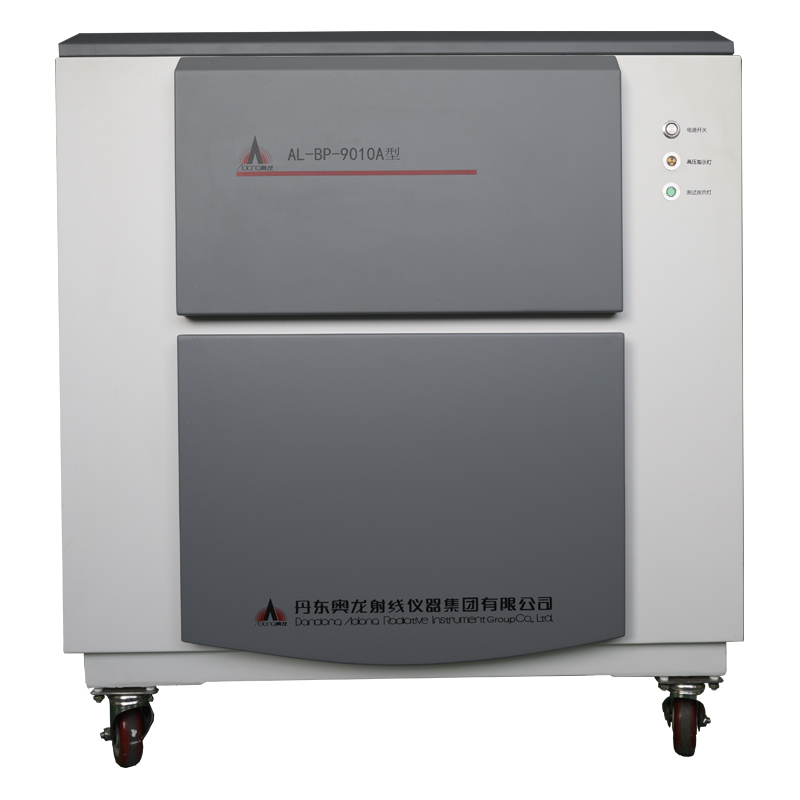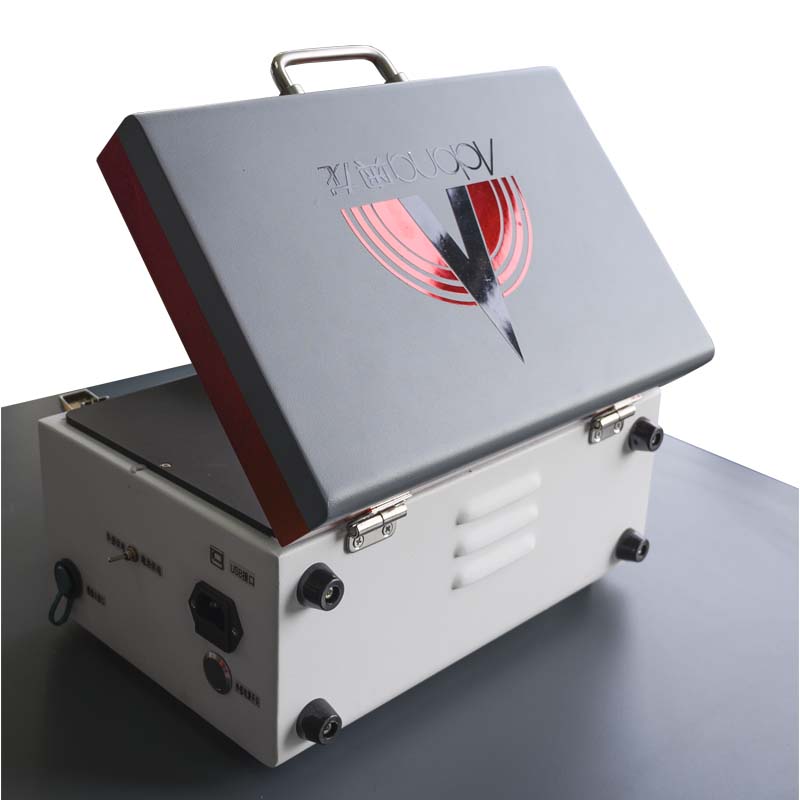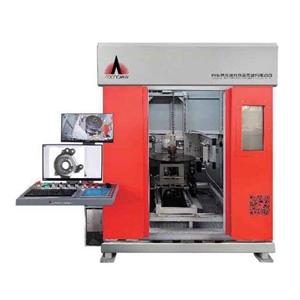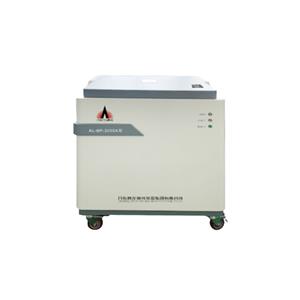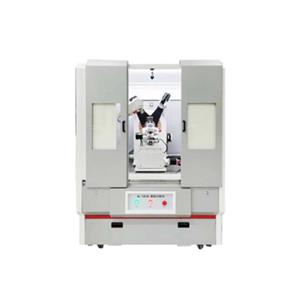principle of X-ray fluorescence spectrometer?
The physics of the X-ray Fluorescence Spectrometer:
When a material is exposed to short-wavelength X-rays, or gamma rays, its constituent atoms may become ionized, and if the atoms are exposed to radiation with an energy source greater than its ionization potential, enough to dislodge the inner orbitals electrons, however this destabilizes the atom's electronic structure, and electrons in the outer orbital "backfill" into the lower orbital to fill the hole left behind.
In the process of "recovery", excess energy will be released, and the photon energy is equal to the energy difference of the two orbits. Therefore, matter emits radiation, which is the energy characteristic of atoms. Fluorescence radiation is excited mainly using X-ray beams, first proposed in 1928 by Glocker and Schreiber.
The transmittance of the PX-ray Fluorescence Spectrometer or its efficiency can be determined using an auxiliary monochromator device. These measurements are achieved without any difficulty in the visible and near UV. The transmittance of the second monochromator is determined by measuring the luminous flux through the first monochromator, followed by measuring the luminous flux through both monochromators.
Absolute measurements require knowing the absolute transmittance of the monochromator: for relative measurements, transmittance can be measured in relative units at various wavelengths. These measurements of vacuum UV have considerable experimental difficulties, so auxiliary monochromators are usually used. The efficiency of the diffraction grating was measured separately at various angles of incidence. Calibration difficulties have been successfully avoided in many experimental steps.
